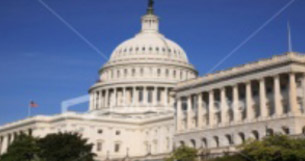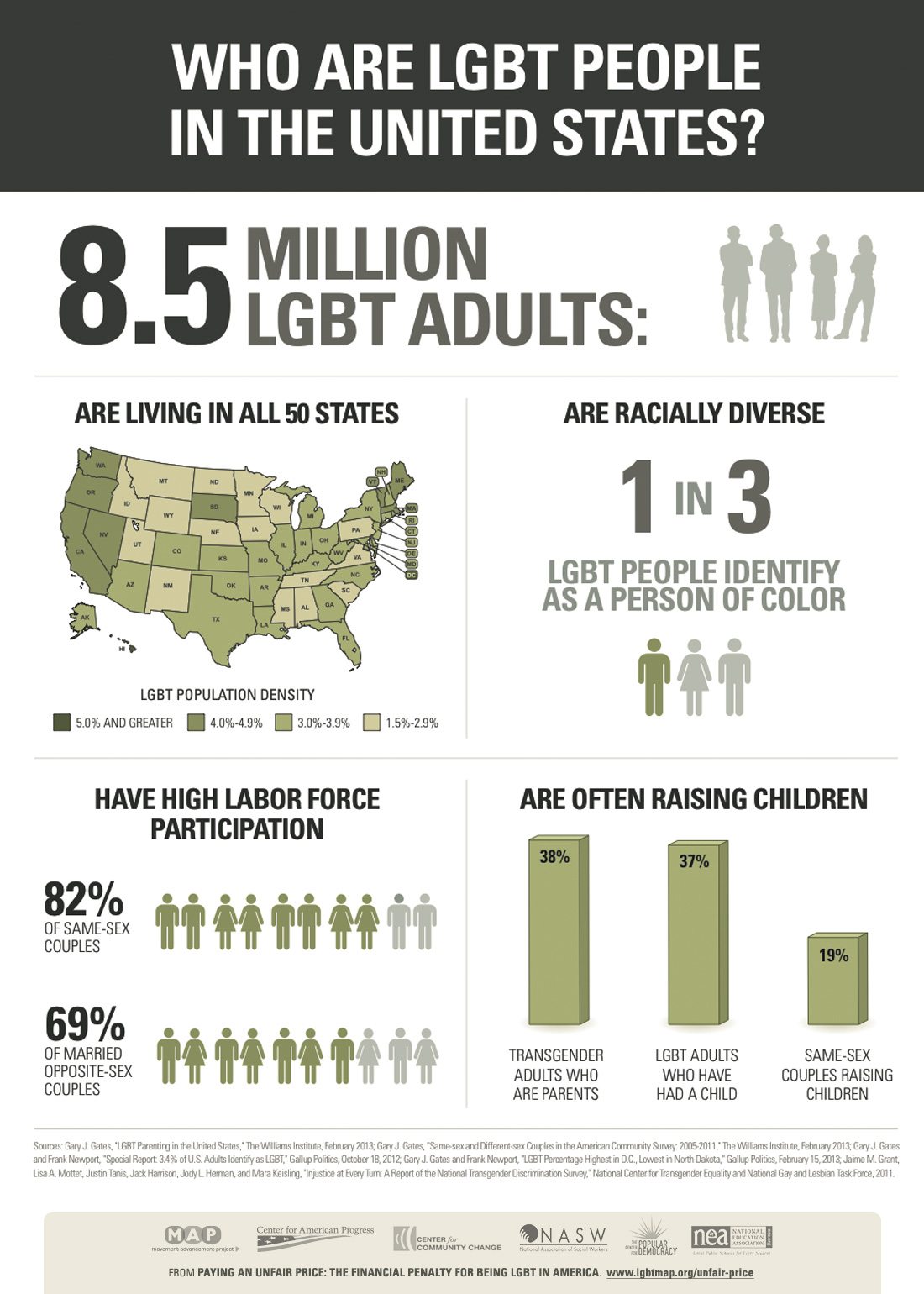
Although largely invisible until very recently, LGBT older adults make up a significant (and growing) share of both the overall LGBT population and the larger 65+ population. While confronted with the same challenges that face all people as they age, LGBT elders also face an array of unique barriers and inequalities that can stand in the way of a healthy and rewarding later life. This isa test!

First, LGBT older adults face the effects of social stigma, past and present. This stigma has disrupted the lives of LGBT older adults, making it harder for them to earn a living, save for retirement, be fully accepted in their communities and families, and access needed services. Because LGBT older adults more likely to be single, childless, and estranged from their biological families, they are also more likely to rely on friends and community members as their chosen family. However, official policies and laws often do not recognize these non-traditional caregivers. Finally, unequal treatment under laws, programs and services mean that LGBT older adults often fall through the safety net designed to protect older Americans.
These barriers make it harder for LGBT elders to achieve three key elements of successful aging: financial security, good health and healthcare, and social support and community engagement. MAP explores the lives of LGBT older adults, the added challenges they face, and what can be done to improve their lives.
89% of Americans supported equal employment rights for gays and lesbians in 2009 - up from 59% in 1982.
Source: Gallup Poll’s Pulse of Democracy Survey, 2009.
57% of Americans say homosexuality is acceptable - compared to only 34% in 1982.
Source: Gallup Poll’s Pulse of Democracy Survey, 2009.
29% of the American population now lives in states covered by transgender-inclusive nondiscrimination laws - up from 2% in 1995.
Source: MAP analysis of State Nondiscrimination Laws in the U.S., National Gay and Lesbian Task Force, 2009; and U.S. Census Data, 1995-2009, includes revised Census data for 2005.









